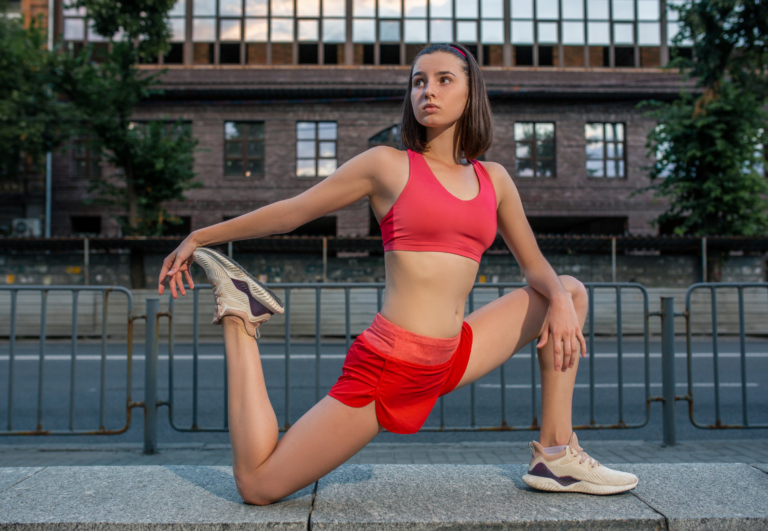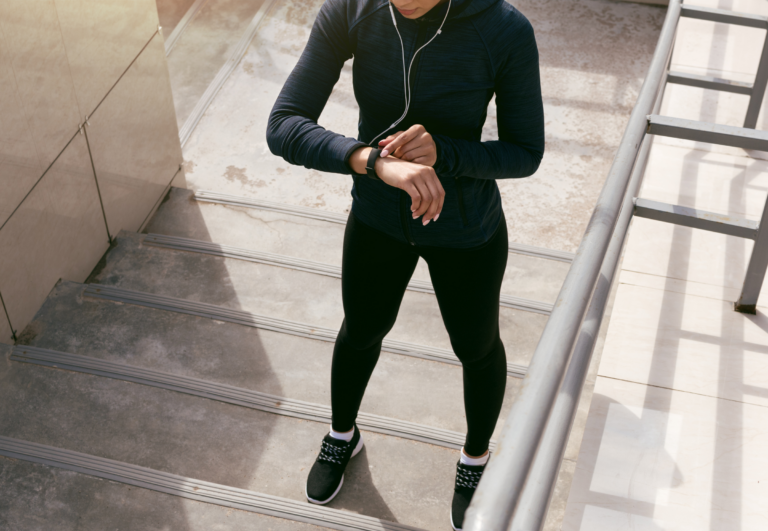How to Warm Up Knees Before Running: Essential Pre-Run Techniques
Warming up your knees before a run is critical to prevent injuries and ensure a smooth performance. Engaging in dynamic stretching activates the muscles around the knee and promotes blood flow, which helps to lubricate your joints. This reduces the risk of knee pain and other related injuries that can result from running with cold, stiff muscles.
To carry out a proper warm-up, focus on movements that mimic the activity you’re about to perform. Exercises that move your knees through their full range of motion prepare the joints and muscles for the impact of running. This might include knee hugs, ankle circles, and leg swings, all of which gently stretch and strengthen the surrounding muscles.
A well-rounded running warmup not only prepares your knees but also incorporates the rest of your body. Performing squats, lateral lunges, or a brisk walk can activate your core and lower body muscles, contributing to an efficient and safe run. Remember, a thorough warm-up can be the difference between a vigorous run and an unwanted injury, so take the time to prep your knees and your entire body.
Essential Knee Warm-Up Exercises for Runners
Before you hit the pavement, priming your knees with specific exercises can enhance your performance and reduce injury risk. Let’s focus on dynamic stretches and knee-specific movements that target key areas like hamstrings, quadriceps, and hip flexors.
Dynamic Stretches to Optimize Performance
Hamstrings and Quadriceps:
- Leg Swings: Stand holding onto a stable object for balance. Swing one leg forward and back, increasing the range gently with each swing. Perform 10-15 swings on each side.
- Lunge Varieties:
- Forward Lunges: Step forward into a lunge, keeping your back straight and bending the front knee to about 90 degrees. Return to standing and alternate legs.
- Lateral Lunges: Step to the side into a deep lunge, keeping one leg straight. Push back to standing and switch sides.
| Dynamic Stretch | Target Area | Instructions |
|---|---|---|
| Leg Swings | Hamstrings, Quadriceps, Hip Flexors | Swing your leg forward and back, 10-15 reps each side |
| Forward Lunges | Quadriceps, Hamstrings | Step forward into a lunge, alternate legs, 10 reps each |
| Lateral Lunges | Inner Thigh, Quadriceps | Step out to the side into a lunge, switch sides, 10 reps each |
Knee-Specific Movements for Flexibility
Hip Flexors and Mobility:
- Mountain Climbers: Start in a high plank position. Bring one knee towards your chest and quickly switch to the other leg. This exercise increases hip flexor flexibility while also warming up your knees.
- Knee Circles: Stand with your feet shoulder-width apart and hands on your knees. Circle your knees gently, 10 times in each direction, to promote mobility.

By incorporating these dynamic stretches and knee-specific exercises into your warm-up routine, you’re preparing your knees to handle the impact of running, thereby enhancing both your performance and your enjoyment of the sport.
Incorporating Comprehensive Warm-Up Routines
Before you start your run, it’s critical to engage your knees, core, and lower body in a warm-up to boost performance and reduce the risk of injury. Let’s go through the specific movements and practices that will prepare your body for the demands of running.
Integration of Core and Lower Body Movements
Dynamic exercises that target your core muscles and lower body are essential to a successful warm-up. They prepare your muscles for the range of motion needed during running and help prevent knee injuries.
- Lunges: Start with forward and backward walking lunges to engage your thighs, hips, and glutes. Perform 10 reps on each leg.
- Hip Openers: Incorporate hip circles or side lunges to loosen your hip joints, as tightness here can impact your knees.
| Movement | Repetitions | Description |
|---|---|---|
| Walking Lunges | 10 each leg | Engage your core as you step forward. |
| Side Lunges | 10 each side | Keep your back straight, move to the side. |

Balance and Stability Focused Practices
Building balance and stability is key for protecting your knees and ankles from strain.
- Leg Crossover: Lie on your back and bring your leg across the body. Hold this for 2-3 seconds and then switch sides. Repeat 8-12 times.
- Scorpion: On your stomach, lift one leg and touch the opposite hand. This warms up your lower back and improves stability. Do 8-12 reps on each side.
| Exercise | Repetitions | Focus Area |
|---|---|---|
| Leg Crossover | 8-12 each leg | Ankles and lower back flexibility |
| Scorpion | 8-12 each side | Core stability and back stretching |
Keep these movements controlled and be mindful of your body’s response. Proper warm-up routines pave the way for healthier, more resilient running sessions.
Understanding Knee Anatomy and Function
Your knees are complex joints that play a crucial role in movement. Let’s explore the muscles and joints that contribute to their stability and health.
Role of Muscles in Knee Stability
Muscles are fundamental to maintaining knee stability. They work in conjunction to allow movement and provide the necessary support. The quadriceps and hamstrings are primary muscle groups involved, with the former located at the front of your thigh and the latter at the back. Their strength is crucial for stabilizing the knee during physical activities.
- Quadriceps: Consists of four muscles that straighten the knee from a bent position.
- Hamstrings: A group of three muscles that bend the knee and help in hip extension.
Strengthening these muscles is key to supporting your knee’s structural integrity.
Importance of Healthy Joints
A healthy joint is integral for smooth, pain-free running. Your knee joint, being the largest in the body, bears a significant amount of your weight and requires proper care. It comprises the thigh bone (femur), shin bone (tibia), and the kneecap (patella). Ensuring that these articulate well with the surrounding cartilage and ligaments helps in reducing the risk of injury and maintaining overall joint health.
- Cartilage: Acts as a shock absorber and allows smooth movement.
- Ligaments: Connect bones and provide stability.
Maintaining joint health through proper warm-ups can prevent common knee injuries, allowing for a better running experience.
Advanced Techniques and Precautions
Range of Motion and Stretching
To enhance knee flexibility for running, focus on increasing your range of motion through dynamic stretches. Avoid static stretching before a run, as it may reduce muscle elasticity. Instead, perform exercises like walking lunges and leg swings that mimic running movements, allowing muscles and joints to warm up together.
Avoiding Knee Injury
Athletes should take care to gradually progress in their warm-up intensity. Begin with simple movements and advance to more complex routines cautiously to prevent knee injury. Pay attention to any discomfort and adjust accordingly, keeping your safety in mind.
| Warm-Up Exercise | Repetitions | Purpose |
|---|---|---|
| Walking Lunges | 10 per leg | Activate leg muscles and improve balance |
| Leg Swings | 15 per side | Increase hip and knee flexibility |
| Squats (feet together) | 15 | Strengthen muscles around the knees |
| Side Lunges | 10 per side | Mobilize inner and outer thigh muscles |
Muscle Elasticity
Maintain muscle elasticity by warming up with dynamic movements that prepare your body for the impact of running. Encourage blood flow and flexibility through exercises like butt kickers and high knees. These mimic the actual movements of running, thereby reducing the risk of strains and keeping muscles supple.
Preventing Injury
To prevent injury, always listen to your body. If you feel sharp pain or a pulling sensation, stop and assess before continuing. Ensuring proper form during warm-up exercises is essential; improper technique can lead to stress on the knees and potentially cause injury. Remember, preventing injury is key to sustaining your running regimen long-term.






